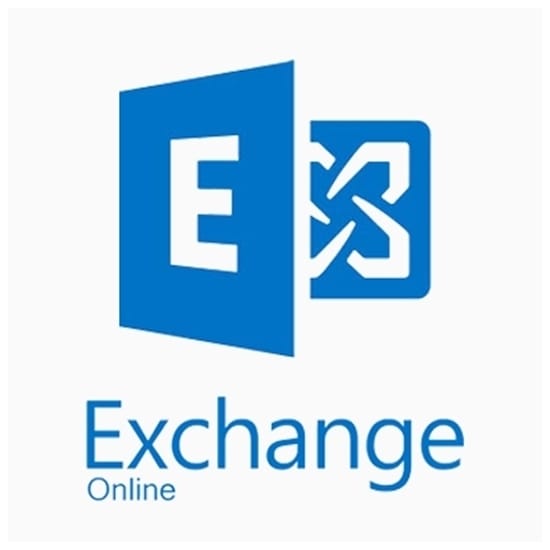Microsoft Exchange Online is a secure cloud-based solution for organizational email and calendaring; it’s part of Microsoft 365. To keep using the service securely, effectively, and to avoid service disruptions, there are limits to storage, messaging, recipient handling, and other settings. This article will be your tour guide through the main constraints in Exchange Online, including mailbox sizes, message limits, retention policies, and more. Understanding these limits will mean your organization can stay powered, efficient, and disruption-free.

has provided the address book with a global address list (GAL) and all customization options according to an organization’s requirements. Limits are placed so that the GAL remains responsive and functional; they cap the number of contacts, distribution groups, and address lists per organization. Organizations should maintain large GALs with care and segment them using address lists catering to departments or teams as required.
Exchange Online automatically sends alerts as users approach storage limits, helping prevent sudden access issues. Users typically receive a warning at 90% capacity, with send and receive capabilities restricted upon hitting the full threshold. Proactively monitoring these alerts helps keep mailboxes within allowable limits and maintains efficient operations.
While distribution groups simplify the ability to communicate with large numbers of recipients, they do have some limitations to prevent overloading the server. There are a maximum of 1,000 distribution groups in a standard Exchange Online. Group membership is limited to 500, as are the total recipients per email. Larger lists should be watched closely or divided into smaller subgroups for more efficient distribution.
Exchange ActiveSync allows synchronization of email, calendar, and contacts for mobile users. A user can synchronize up to 10 devices with an account. Organizations can also configure mobile device policies to protect sensitive data stored in connected devices by using remote wipe and access restrictions.
Exchange Online also supports In-Place Hold and Litigation Hold, which preserves specific items in a mailbox. There’s a 100-GB limit per mailbox that can be held; the policies created by admins ensure the data is preserved for litigation or regulatory purposes but should be used judiciously so as to not eat up unnecessary storage.
Exchange Online journaling, transport, and inbox rules help automate message handling, filtering, and compliance. While the platform does limit the complexity and number of rules to ensure email performance—for example, each user is capped at 256 inbox rules—organizations should plan these rules strategically to avoid issues, particularly with transport rules managing large-scale compliance tasks.
Exchange Online has some limits on the number of folders and items per mailbox for performance. The limits are a maximum of 100,000 folders and a maximum of 1 million items per folder for users. If the users have a heavy email habit, then archiving the older items will efficiently handle the limits.
The storage limit of a mailbox depends on the license. Standard plans include 50 GB, while premium accounts have 100 GB. Archiving mailboxes can auto-expand to store more data and keep those crucial emails safely archived. It is useful to monitor and use archive mailboxes wisely to keep primary mailbox usage efficient.
The maximum message size in Exchange Online is 150 MB, with a possible individual client limitation, such as the Outlook limit of 35 MB. Users can send up to 500 recipients per message. Organizations that rely on sending large messages frequently should consider alternative file-sharing options, such as OneDrive.
There is also message moderation, where admins can set up approvals on specific messages to certain recipients. However, there are limitations to the number of recipients per moderated message and the total number of approval requests per moderator. Proper configuration of the moderation settings will help manage high-traffic communication channels.
Also, each user is allowed to send emails to no more than 10,000 recipients in a day and is limited to 30 messages per minute in order to reduce the load on servers and avoid spamming. Users needing to exceed this rate should explore dedicated marketing solutions or third-party email tools.
Exchange Online does support message tracing for tracking email flow; however, trace data is only retained for a period of time, and some of the reports will only retain data for as much as 90 days. Admins should regularly review and extract data in order to meet compliance or organizational reporting needs.
Exchange Online retention policies help organizations manage the email life cycle and compliance. Automatically delete or archive messages based on set timelines. The organization can configure different policies for each mailbox or folder so that only necessary data is stored long-term.
Knowing and observing these limits to an Exchange Online can help in optimizing your email infrastructure, enhancing security, and maintaining compliance. Proactive control over mailbox storage, recipient limits, and retention policies could ensure that email communications are not only smooth but also uninterrupted in a business. Refer to the official documentation by Microsoft for the most up-to-date and detailed information on Exchange Online limits.

